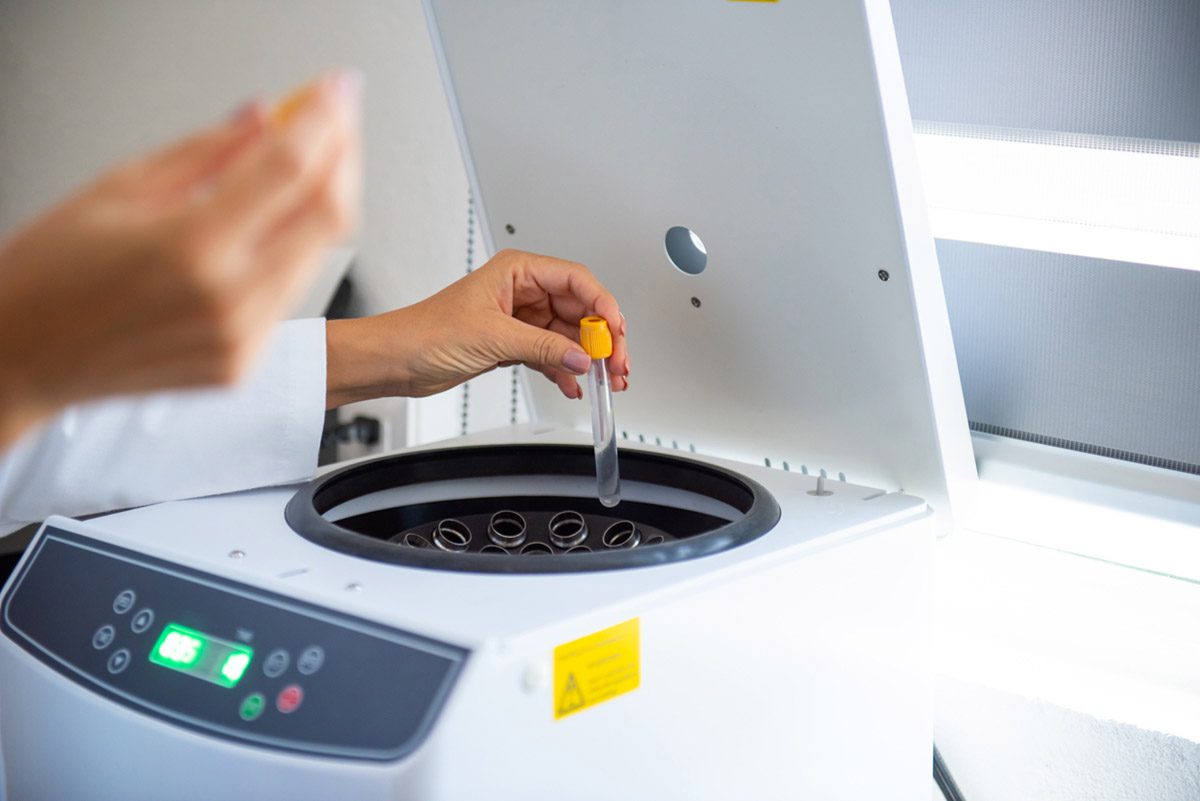Prim Care Companion CNS Disord 2022;24(4):20cr02884
To cite: Sales M, Silva-dos-Santos A. Obsessive-compulsive disorder and chromosome 2 duplication (2q14.2-q21.1). Prim Care Companion CNS Disord. 2022;24(4):20cr02884.
To share: https://doi.org/10.4088/PCC.20cr02884
© Copyright 2022 Physicians Postgraduate Press, Inc.
aDepartment of Psychiatry, Hospital Vila Franca de Xira, Vila Franca de Xira, Portugal
bNOVA Medical School, NOVA University of Lisbon, Portugal
*Corresponding author: Amílcar Silva-dos-Santos, MD, Department of Psychiatry, Hospital Vila Franca de Xira, Estrada Carlos Lima Costa n° 2, 2600-009 Vila Franca de Xira, Portugal ([email protected]).
The exact etiopathogenesis of obsessive-compulsive disorder (OCD) remains unknown. Genetic inputs are involved in the new era of psychiatry, allowing a better understanding of the mechanisms of psychiatric disorders.1 Although environmental factors are involved, several genetic abnormalities have been associated with the disorder.2
Case Report
Here we report the first case of chromosome 2 duplication (2q14.2-q21.1) in a 29-year-old woman with OCD. Supplementary Material Topic 1 provides the biological significance of the genetic finding and how rare it is, and Topic 4 lists the genes found at the chromosome 2 duplication 2q14.2-q21.1. The patient was observed for the first time by the authors at the age of 29 after her admission to the emergency department due to suicidal ideation, sadness, and cleaning compulsions. The symptoms had several weeks duration and had increased in intensity in the 20 days before the admission. She also reported feeling anxious and having intrusive thoughts of fear of contamination. She was spending 4 to 5 hours a day cleaning all her personal belongings, such as coins, bills, cell phone, laptop, and dishes with subsequent wounds on both her hands and forearms. She would hoard large sums of newspapers, magazines, and leftover food in her dresser. Typical behavior of kleptomania was also described, such as stealing chocolates, gum, and magazines from the local supermarket. There were no changes in the flow, form, or possession of thoughts or evidence of perceptual changes.
The physical examination showed facial dimorphism, overweight (body mass index of 26 kg/m2), and the skin lesions previously described. Table 1 summarizes her medical history, including the diagnoses of congenital adrenal hyperplasia (CAH), mild intellectual disability, and depressive symptoms. The psychiatric symptoms of CAH are shown in Supplementary Material Topic 2.
The standard diagnostic tests were unremarkable. She was then admitted to the psychiatric ward and treated with paroxetine (40 mg once/d), valproic acid (500 mg twice/d), and diazepam (5 mg twice/d).
During hospitalization, she adapted her cleaning rituals and hoarding of the materials she had in her room, like slippers and personal hygiene products. These symptoms were experienced as very distressing. On the 11th day of admission, risperidone (4 mg once/d) was added to better control her intrusive thoughts and compulsions. On the 14th day, her mood was euthymic, she had no suicidal ideation, and her obsessive-compulsive symptoms were moderately improved (diminished frequency and duration and no associated distress). She was discharged on the 17th day. During follow-up, she maintained antidepressant therapy and benzodiazepines but had periods of poor treatment adherence to antipsychotic medication. In those periods, her obsessive-compulsive symptoms would aggravate but remit after the reintroduction of the antipsychotic. To promote treatment adherence, she enrolled in a psychoeducation program and subsequently was treated with a long-acting injectable antipsychotic (palmitate of paliperidone 100 mg monthly) (more details on parenteral antipsychotics as an augmentation treatment for OCD are provided in Supplementary Material Topic 3) and was admitted to the psychiatry day hospital, wherein she participates in psychotherapy, psychoeducation, and cognitive stimulation concurrently with psychiatric consultations. Currently, 2 years after her admission, she remains symptom free with no relapses.
Discussion
In short, the patient suffers from OCD, mild hoarding behavior, and, occasionally, some kleptomania impulses. Genetic testing was requested by her endocrinologist at the age of 24 years to study the genotype of her CAH, which showed a duplication of chromosome 2 long arm, between 2q14.2-q21.1, comprising 50 genes and cytochrome P450 21A2 (Supplementary Material Topic 1), the latter being considered the cause of her congenital adrenal hyperplasia. The possible association of CAH with OCD was considered by the authors to be less probable. Genetic abnormalities comprising the 2q14.2–21.1 gene are rare. There is a lack of information regarding the association of these genetic abnormalities with major psychiatric disorders. Nevertheless, there is a report of 2 siblings with 2q trisomy (2q11.2→ q21.1) who both had mild mental retardation and psychosis.3 The atypicality of this case is based on OCD associated with a very rare genetic alteration (chromosome 2 duplication [2q14.2-q21.1]), which has not yet been reported. There are no other reported associations, to the best of our knowledge, between the presented duplication and OCD in the literature. Regarding the medication, in addition to the antidepressant treatment, the patient was also treated with antipsychotics to achieve remission.
Published online: July 26, 2022.
Relevant financial relationships: None.
Funding/support: None.
Supplementary material: See accompanying pages.
References (3)

- Silva-Dos-Santos A. Commentary on ‘Blue-blocking glasses as additive treatment for mania: a randomized placebo-controlled trial.’ Bipolar Disord. 2016;18(8):708–709. PubMed CrossRef
- Taylor S. Molecular genetics of obsessive-compulsive disorder: a comprehensive meta-analysis of genetic association studies. Mol Psychiatry. 2013;18(7):799–805. PubMed CrossRef
- Glass IA, Stormer P, Oei PT, et al. Trisomy 2q11.2→q21.1 resulting from an unbalanced insertion in two generations. J Med Genet. 1998;35(4):319–322. PubMed CrossRef
Please sign in or purchase this PDF for $40.





